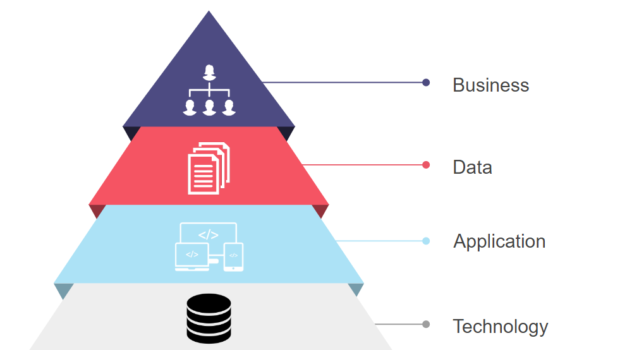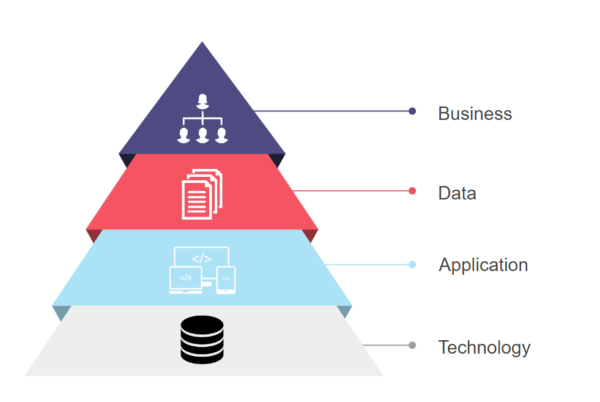3 Keys to Enterprise Architecture Success
Numerous enterprise architecture programmers do not achieve results. Frequently, they fail and end up on unsuccessful IT programmes or they proceed only to struggle with little and isolated impact in the organization. It is therefore important to make sure that the employed EA practice is sustainable, business-appropriate and successful in the end. The ultimate goal is to make sure that the right skills are spread throughout the whole EA discipline such as having employees with the right professional requirements and also, ensure the structure exhibits cooperation of tool proficiencies and the necessary psychometric profiles. In order to come up with the best enterprise solution architect, emulating the discussed 3 steps will be beneficial.
Organizational positioning
The appropriate placement of EA function is required to: guarantee its success, prove undisputed credibility among the executive stakeholders and to avoid temporary approaches that address only symptoms and not the underlying causes.
For instance, when the EA is placed in the field of the Chief Technology Officer, the focal point will be at the solutions support and technical architectures. When the EA touches the area of the Chief Information Officer, supporting solution architectures will be the main focus.
With relation to the firm’s level of maturity and its specific requirements, the design of the organization should be purposeful otherwise, the function of EA will be limited if its range is not defined clearly. It is necessary for the EA function to cover the horizontal EA domains as well as the verticals EA domains. The horizontal domains being: technology architecture, business architecture, application architecture, data architecture, and information architecture. The vertical EA domains are solution architecture, security, and integration.
Expectation management needs the right structure and alignment within the organization to avoid coming up with insensible expectations of what EA can do at a specific maturity level. A clear understanding of the capabilities of EA must be performed locally, regionally and globally so as to come up with a successful idea on how the organization will establish an integrated view on the envisioned architecture.
In order to get further buy-ins, EA teams should create the EA capability and ensure it delivers results so that the sell the positive stories to the executive.
Executive sponsorship
The function of EA needs to be well defined and broadly communicated by the business executive or else, conflicts emerge between EA practice and related areas in the organization, for example, the Service Management, and Programme Management Office.
To ensure the right usage of EA content from the top level to the ground level in an organization, providing EA education should be among the topmost priorities. This improves business stakeholder engagement.
Consulting Executive sponsors help to get rid of challenges that would bring down the EA in an organization. Most of the times, they ensure governance of the EA remains unmoved on the agenda, they change team dynamics and also, they have a bearing on vendor selection and budgets.
The EA practice faces a high risk of failure without the right leadership and the right structure in the organization.
Ivory Tower syndrome
The enterprise solution Architects have a high probability of failing when they enforce their models on stakeholders instead, they should adapt to the changing business’ needs and modify their services to handle the demands of the business. A result of doing so is, the change management, business transformation, and the EA capability mature.
Dogmatic architects eventually make distorted perspectives because their opinions on architecture domains and the business architecture are not supported by their primary stakeholders. It is advisable for architects to be involved in closely noting business’ needs, modeling and evolving EA artifacts as well as mentoring others in architecture skills.
Merging reliable marketing and communication efforts enables architects to be in constant communication with business stakeholders. This also ensures they talk about the value of EA practice to stakeholders. Focusing on tangible results and managing the practice of EA like a business makes architects keep up with the stakeholder-centric approach in order to give out business value.

















